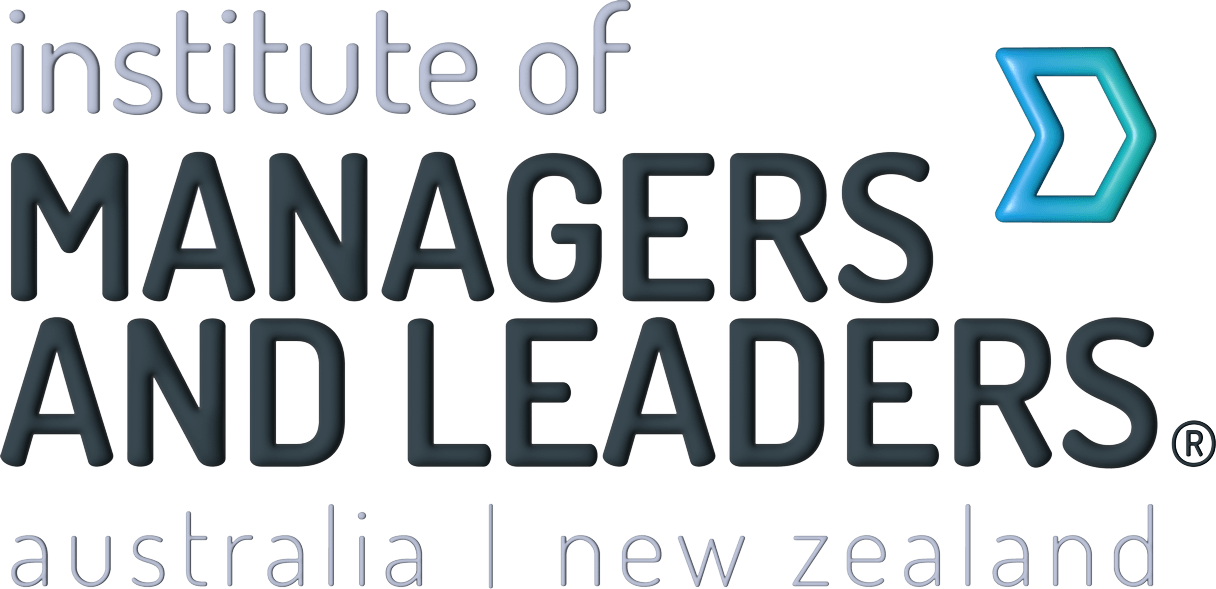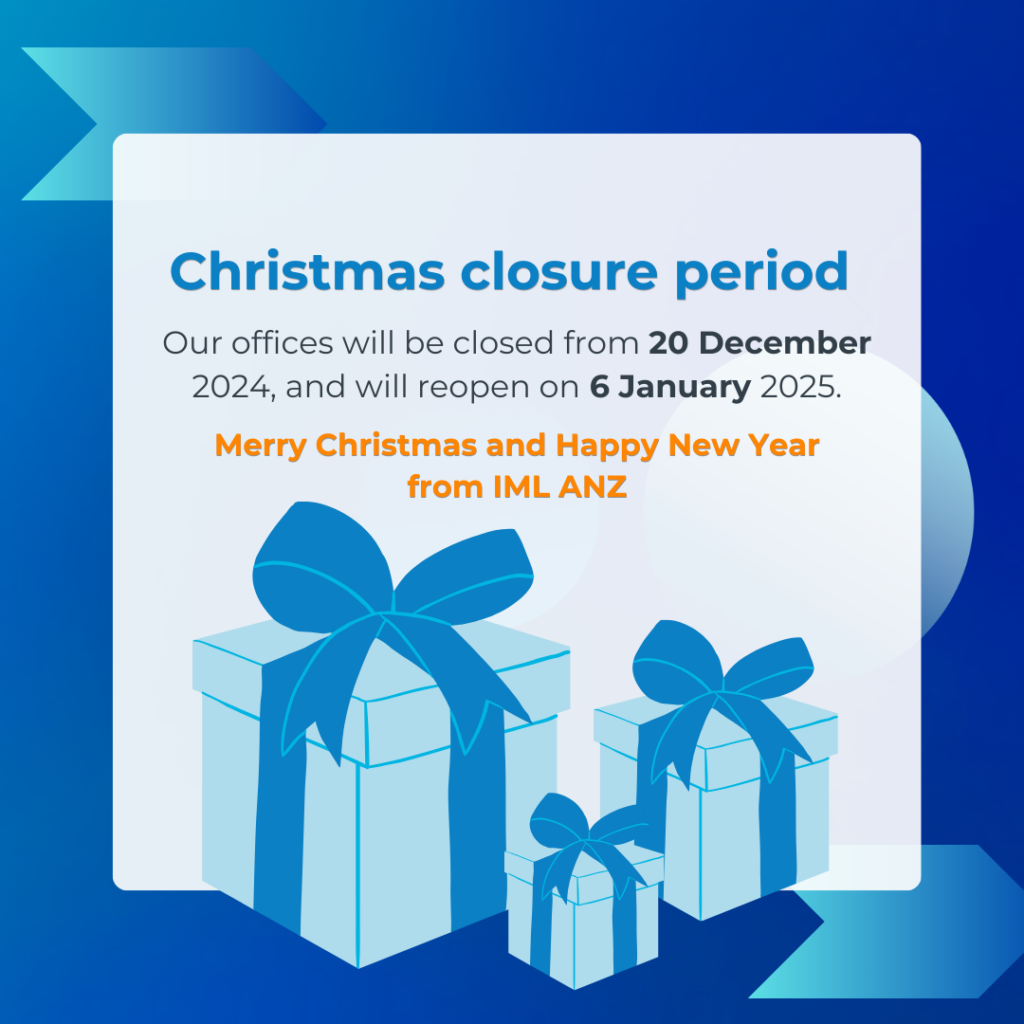By Toby Smith
As a successful manager, you’re well aware that the survival of any business – regardless of size and profitability levels – ultimately depends on cash flow. Most businesses that end up in liquidation reach that point because they run out of cash.
This article outlines a number of measures you can implement to achieve sustainable cash flow improvements. Even if cash flow isn’t a major concern for your business, following these steps can help you to free up capital to invest in infrastructure improvements or growth opportunities.
1 – Regular financial reviews
Having detailed and up-to-date knowledge of your financial performance is critical. If financial management isn’t your strength, engage a strong finance team to advise you, and ensure they maintain a steady focus on cash flow and profitability rather than growth rate.
Your schedule should include a monthly analysis of your financial statements, looking not just at your current financial status, especially your free cash flow, but also at past performance (your trends and trajectory, particularly your profitability ratios and return on capital employed (ROCE)) and at forecasts for the immediate and longer-term future.
Regularly drill down and examine the financial performance of each of your product or service lines and sales channels, as well as your stock levels, debtors and assets.
This information will help you to make informed strategic decisions about your operations and enable you to identify potential issues in time to take corrective action to protect your cash flow. For example:
- Organising short-term finance to cover working capital shortages
- Matching the timing of expenditure to income if you have fluctuating income (by delaying discretionary purchases or negotiating with creditors)
- Adjusting your stock policy if you’re tying up cash in excess inventory (be wary, for example, of buying extra stock to take advantage of vendor discounts or rebates, as savings can quickly be lost to storage costs)
- Tightening up your credit terms or collection policies if too much cash is tied up in bad debts, and imposing purchase restrictions until debts are cleared, or even ending relationships with clients that have a poor payment record.
2 – Regular strategic reviews
Unfortunately, for many businesses, a strategic plan is something that’s created once then either forgotten or followed rigidly without review. As a result, precious cash gets tied up in obsolete stock, irrelevant marketing campaigns, bad debts and unnecessary assets.
To stay competitive and keep your cash flowing freely you need to regularly re-examine every aspect of your business to make sure that your:
- Product lines or services still meet your customers’ needs
- Sales channels are aligned with your customers’ preferences
- Marketing initiatives are successfully attracting new customers
- Technology and equipment are appropriate for your needs (it can be tricky to find the balance between staying efficiently up-to-date and not wasting cash on unnecessary upgrades).
Being willing to change direction and redefine your strategy – including making tough decisions on the future of product lines, sales channels, marketing strategies and assets that are draining your cash flow – is critical to long-term success.
3 – Cautious growth
One of the main reasons companies run out of cash is that they grow too fast.
The risk is that in order to meet the demands of new customers or clients, you’ll have to invest heavily in infrastructure, materials or labour. That up-front investment can wipe out your working capital reserves and leave you dangerously exposed until you receive the funds from the extra sales.
If you don’t have the cash to meet your financial obligations in the meantime, your business may not survive to reap the benefits of that sales growth.
Focus instead on steady, cautious growth that won’t exhaust your cash reserves or stretch your resources to the point where your service levels (and reputation) will suffer. And be very wary of funding growth with borrowings, especially when interest rates are rising.
4 – Prudent borrowing
Loan repayments can be a major drain on your cash reserves, and unless you’ve locked in fixed interest rates you’re always at risk from rate increases that can play havoc with your forecasts and quickly deplete your cash reserves.
The most important measure you can take to minimise your cost of borrowing is to make sure the term of your loans match your business needs:
- Never use short-term facilities like an overdraft or credit card to finance the purchase of long-term assets. Not only will you pay higher interest rates and charges, you also run the serious risk of having the facility withdrawn before the asset is paid off – leaving you with an instant cash flow crisis.
- Avoid using long-term funding to boost your working capital. Many long-term loans have penalties for early repayment, which can you leave you locked into paying for finance you no longer need. Instead, opt for at-call finance to smooth out fluctuations in your cash flow, so that you’ll only pay interest on funds when you need to draw on the facility.
Shop around for business finance, especially if you need a fast cash injection – the ‘fintech’ alternative loan market is booming in Australia, offering a competitive source of funding for businesses of all sizes. Be aware, though, that alternative lenders aren’t regulated in the same way that Australian banks are, and some may seek to impose restrictive loan conditions in order to reduce their risk.
5 – Putting your cash to work
While most cash flow improvement measures focus on finding ways to increase cash reserves, it’s actually possible to have too much cash, earning negligible interest and leaving you with poor ROCE.
If you do happen to have large cash reserves – more than you need to meet your working capital needs, fund your loan obligations and cover an extended downturn in sales – you may want to consider reinvesting those funds in your business.
One way you can use excess funds to improve cash flow is to repay loans (if you can do so without incurring penalties) since the interest you earn on your savings will never match the amount you’re paying on your borrowings.








